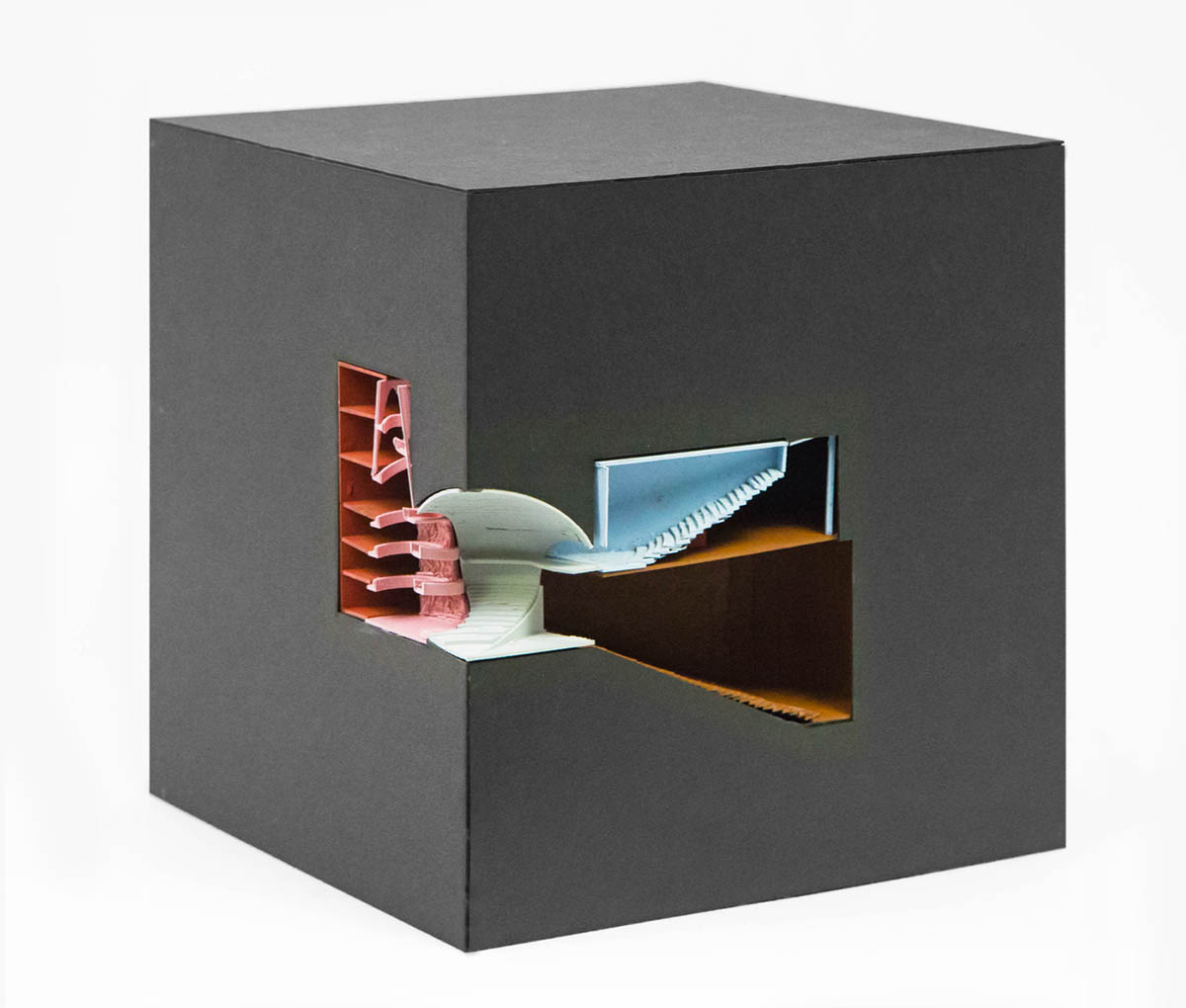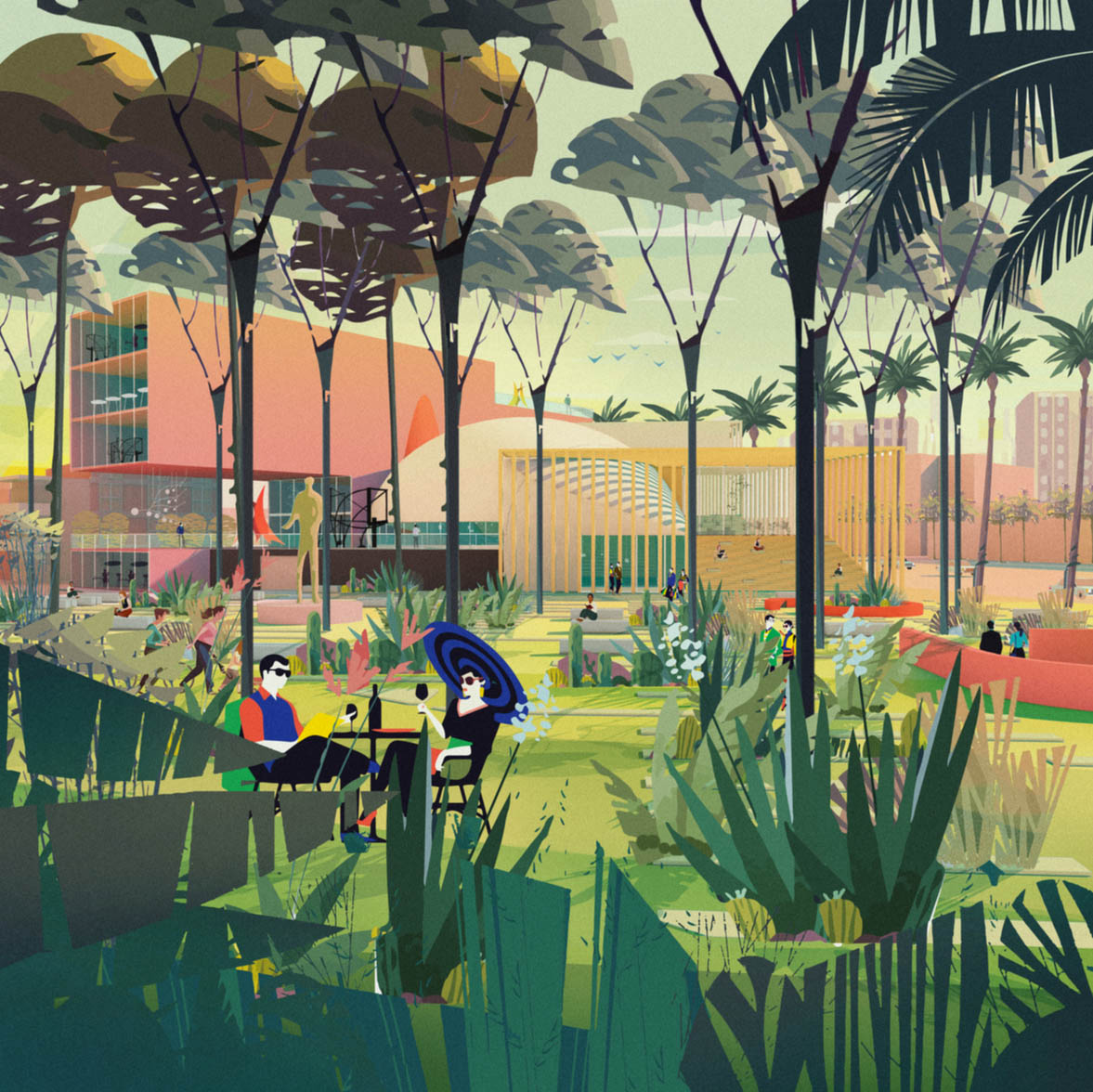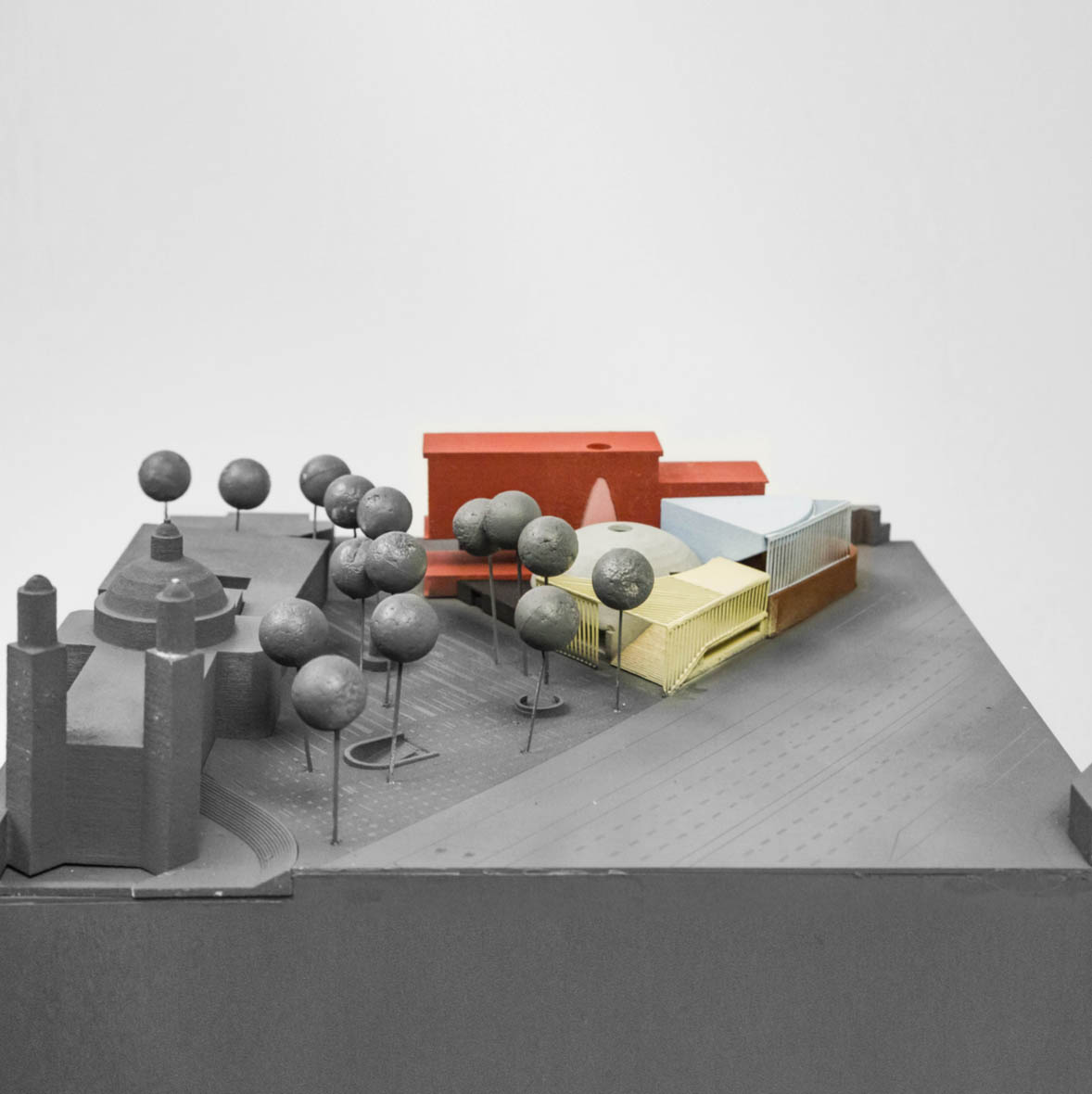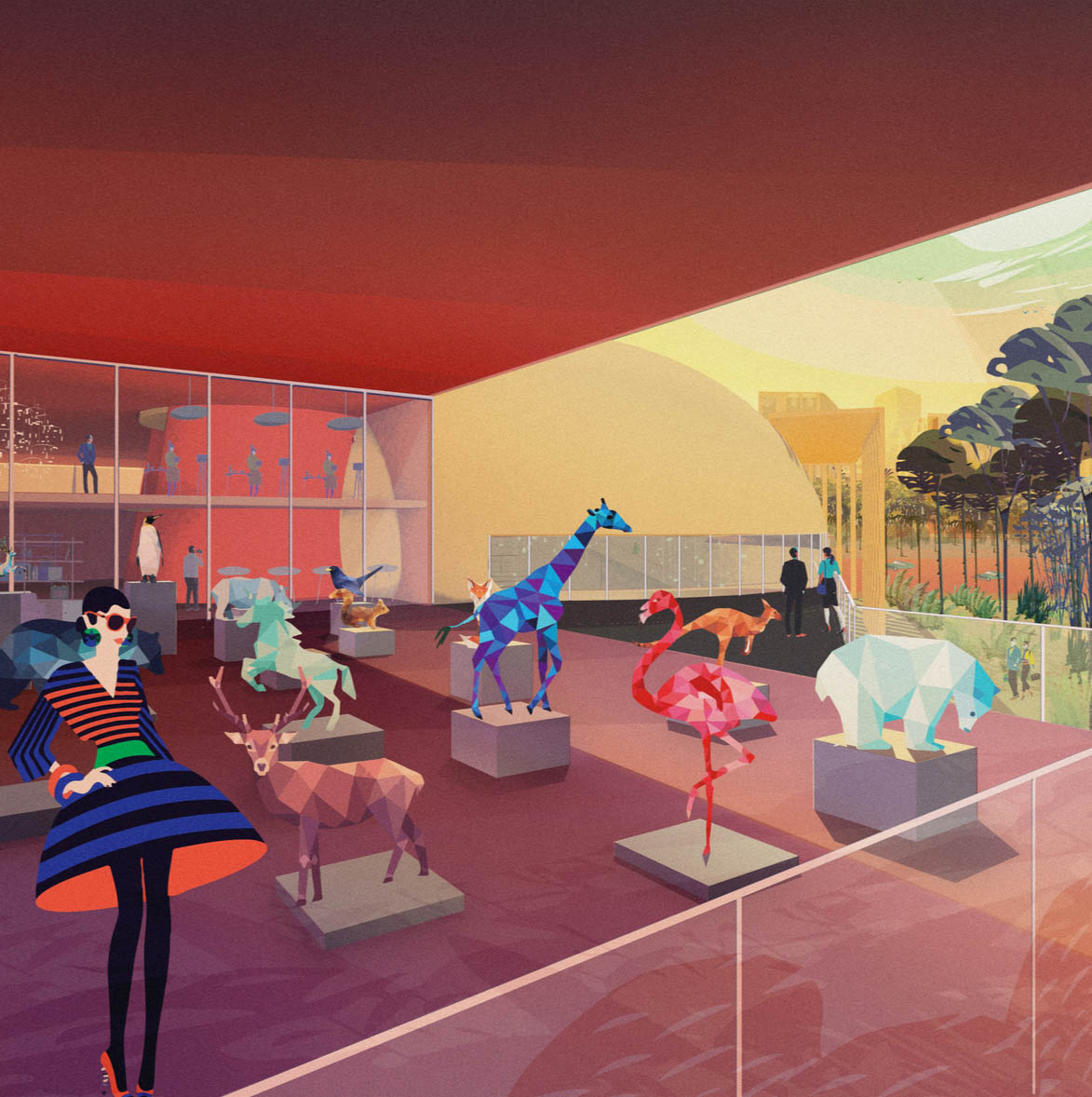“Moving Things Around: Exploring Rossi’s Scientific Theater”
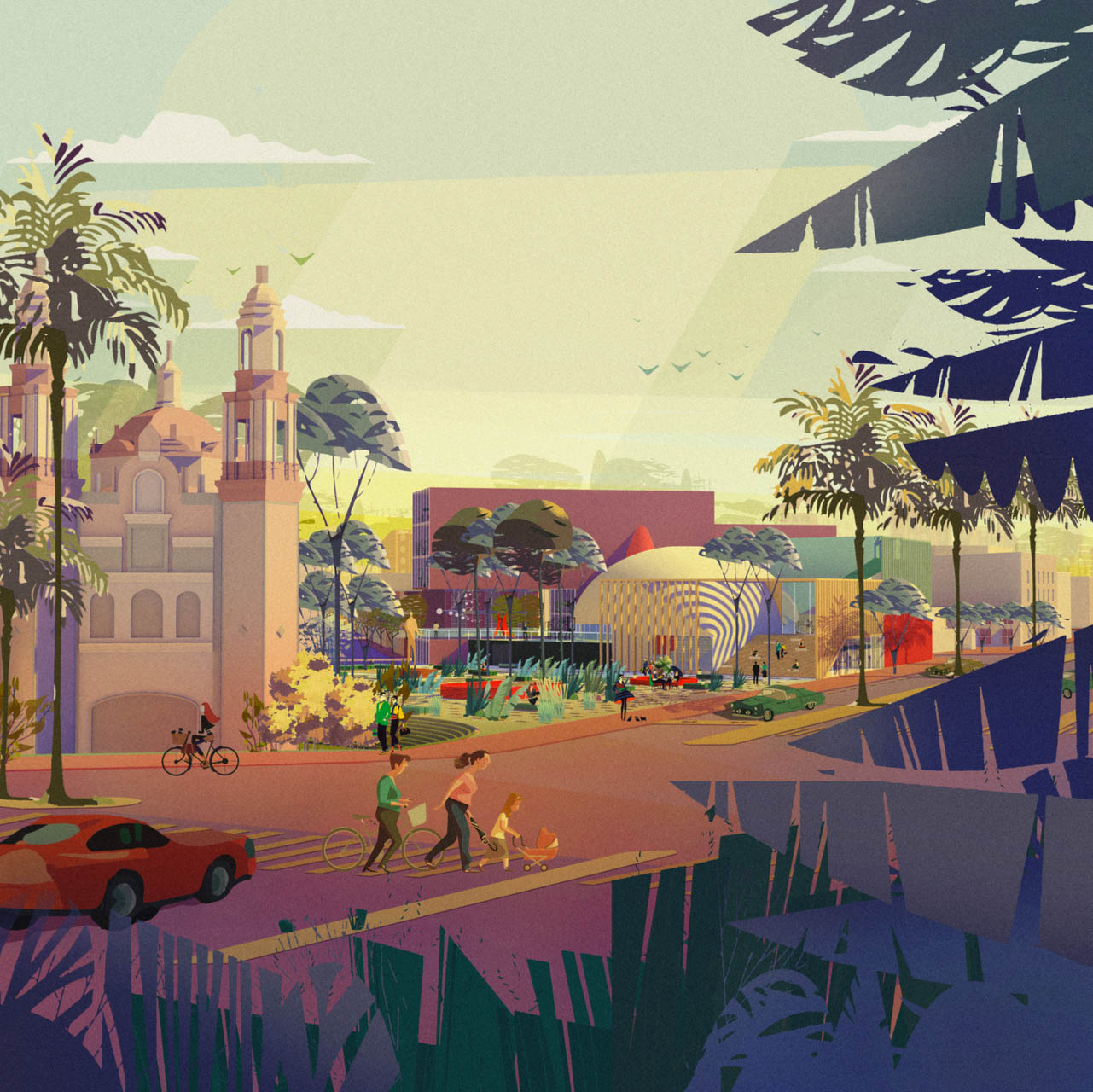
by Jianwei Shi (MArch ’17)
Heterogeneous Culture and Heterogeneous Architypes of Public Buildings and Spaces
Mexico city is a city with very diverse culture and history. Different architecture and physical space from different period of history were still preserved on this land. The very ancient one is Aztec culture, the pyramid is one of its classic memorable archetypes. For the hispanic culture that conquered the Aztec people, it laid a solid foundation for the form of historical center of Mexico city – Grid structure + Courtyard residential + Public Plaza with church; During Porfirian Era, the government leads the fusion of Amerindian, Hispanic and French Culture through improving urban environment by learning from Paris. The 20th century has witnessed a fast urban expansion and modernization. A lot of modern towers, public infrastructure and high-rise rensidential neighborhood took place during this period of time. The map shows heterogeneous archetypes of historical and modern buildings that are born out of the heterogenous culture.

Reference: Analysis on Architypes and Elements of Alameda Central Park
For a building that is going to be located at the crossroad of these different urban environment and try to reflect upon these different culture physically, it will be very interesting to first look at how these different archetypes of buildings and spaces shape the public realm. Here, the Alameda central park area just beside the site is chosen as the reference. The Alameda central park is the largest park in the historical center of Mexico city. From the analysis on the archetypes and elements of park area, we can see how these diverse elements work together to provide a variable and energetic public space. Trees and canopy providing shade, linear promenade providing sightseeing route connecting different public programs, smaller plazas for outdoor exhibition, churches for religious event, courtyard for shops, cafe, museums. All these different elements and archetypes not only internally provide variable spaces, but also externally collaborate together to shape a convivial urban area.
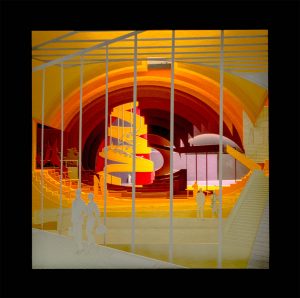
Archetypes Internally Designed for the Cultural Programs and Externally Hybridized for the Plaza Zarco
Learning from the previous analysis, when zoomed in at the Zarco plaza, the main idea is also try to use different archetypes and elements to internally provide spaces for different programs and externally interact with surrouding environment to shape the plaza. The internal organization is using the dome as a heart of building that function as the spatious lobby and temporary venues. All the other archetypes of objects are respectively connected to the lobby forming different opennings in the dome shell. Different archetypes provides spaces of very distinct quality. It makes you feel like, from the lobby, the heart of the buildinng, you can enter diverse and different worlds. Externally, different objects are hybridized with other archetypes to interact with surrounding environment. Dome distorted into a cone that form the entrance of the building and communicates with the church San hipolito. The box turns into stairs with lattice cover to allow people sit and rest and see the plaza, etc. The building somehow is ochestration of multiple elements.
